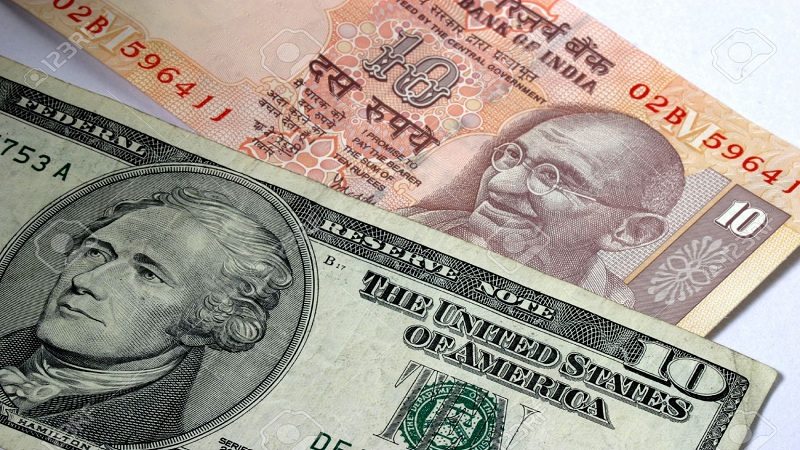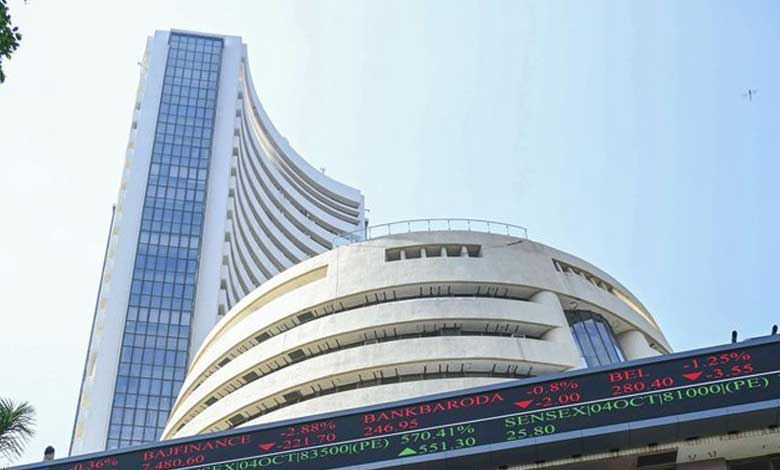Rupee depreciates 30 paise against US dollar
Wed 13 Nov 2019, 11:43:05

Mumbai: The Indian rupee depreciated 30 paise to 71.77 against the US dollar in early trade on Wednesday amid rising concerns over the US-China trade deal and political unrest in Hong Kong.
At the interbank foreign exchange, the rupee opened at 71.75 against the US dollar, then further slipped to 71.77, showing a decline of 30 paise over its previous closing.
On Monday, the local unit had closed at 71.47 against the US dollar.
Indian financial market will remain closed on Tuesday for "Guru Nanak Jayanti".
Domestic bourses opened on a flat note on Wednesday with benchmark indices Sensex trading at 40,346.43 and Nifty quoting at 11,931.30 ahead of the release of consumer price inflation data.
Forex traders attribute the weakness in the forex market to weak factory output numbers and weak global cues.
Showing signs of sluggishness in the economy, industrial production shrank by 4.3 per cent in September, registering the weakest performance in seven years due to output decline in manufacturing, mining and electricity sectors, as per official data released on
Monday.
Monday.
According to the Central Statistics Office data, 4.3 per cent contraction is the lowest in 2011-12 series of Index of Industrial Production (IIP), which was unveiled in May 2017. The IIP had declined by 0.7 per cent in April, 2012.
Factory output, measured in terms of IIP, had expanded by 4.6 per cent in September 2018.
Meanwhile, foreign institutional investors purchased shares shares worth Rs 664.20 crore on Monday, according to provisional exchange data.
The dollar index, which gauges the greenback's strength against a basket of six currencies, rose marginally by 0.03 per cent to 98.33.
Crude oil benchmark, Brent futures, eased 0.23 per cent to USD 61.92 per barrel.
The 10-year government bond yield was at 6.54 per cent in morning trade.
On the global front, spooking global investors, US President Donald Trump took a combative tone in his recent speech in New York, dubbing China a cheater on trade even as he seeks an initial settlement to calm an 18-month trade war that has hurt US manufacturing output as tracked by the Federal Reserve and industry groups.
No Comments For This Post, Be first to write a Comment.
Most viewed from Business
AIMIM News
Asaduddin Owaisi questions PM Modi's China policy
Jan 08, 2025
Owaisi slams UP over police post near Sambhal mosque
Dec 31, 2024
Owaisi hails SC order on Places of Worship Act
Dec 13, 2024
AAP Corporator Tahir Hussain joins AIMIM party
Dec 11, 2024
Latest Urdu News
Most Viewed
May 26, 2020
Which political party will win the Delhi Assembly polls to be held on Feb 5?
Latest Videos View All
Like Us
Home
About Us
Advertise With Us
All Polls
Epaper Archives
Privacy Policy
Contact Us
Download Etemaad App
© 2025 Etemaad Daily News, All Rights Reserved.





























